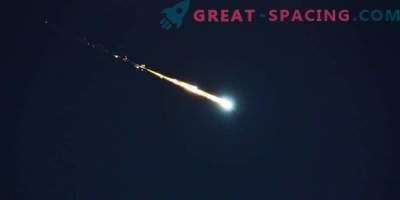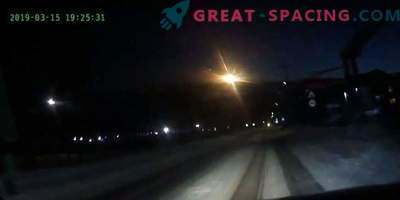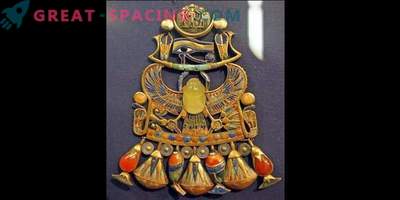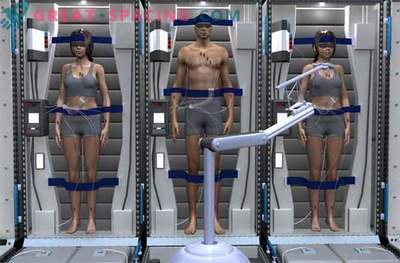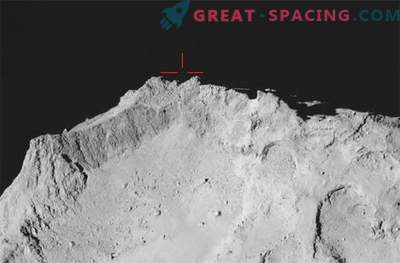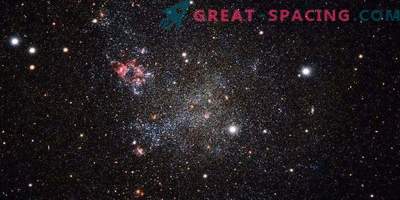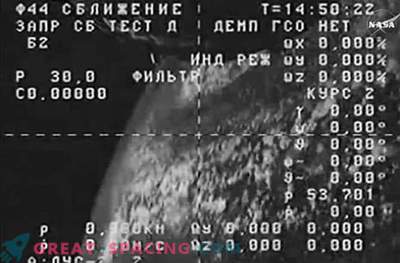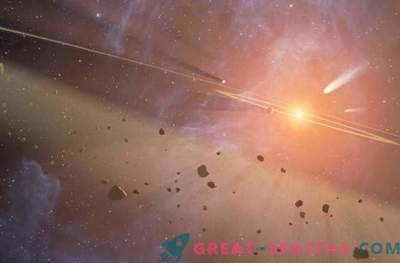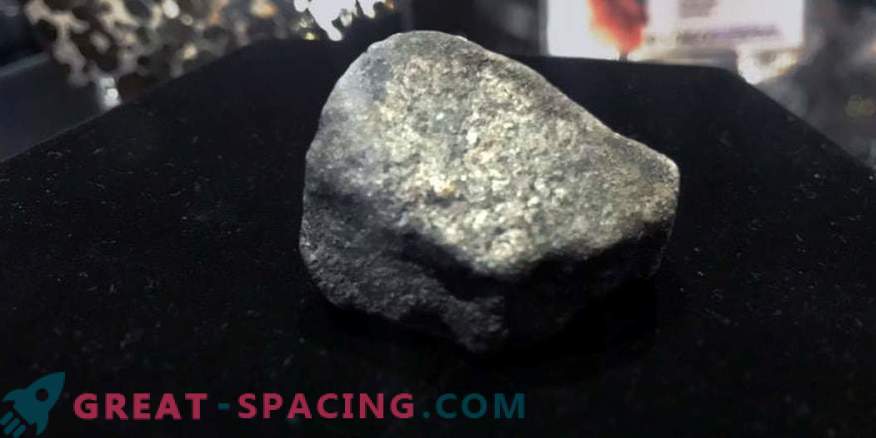
A sample of the Michigan meteorite found by civilian scientists. For the search used maps created by Doppler radar technology
On January 16th, hundreds of Michigan residents reported a bright glow that swept across the sky and loud noise. Later they found out that it was a meteor that had collapsed in the earth’s atmosphere, and its parts scattered on the surface.
Using predictions for the rapid detection and restoration of meteorites (RADARMET), scientists and hunters were able to find more than half a dozen fragments within two days of the fall.
The RADARMET project uses radar and meteorological data from the National Meteorological Service. Usually people do not pay attention to such events. And even when capturing on the camera it is difficult to track the exact trajectory of the object.
Complicated work with extrapolation and winds from the upper atmospheric layer. For a meteor to survive, it must reduce its cosmic speed. This is a job for atmospheric friction, braking a meteorite at a height of 30-65 miles. They generally slow down to 6,700 miles per hour.
Terminal speed drop
Further, the meteorite falls into the “dark flight” period, during which it falls at a finite speed. Then he can fly a few miles from the place where the bright glowing flight strip ends.
Mark Fris of Johnson Space Center was able to develop a method capable of predicting the principle of moving a meteorite in dark flight. He also created software to calculate where the fragments are affected by the winds, and estimates of the mass of the landed pieces. This is possible to do, because the kinetics of the object is known for an almost free fall. Usually meteorites are small, so there is an option to make assumptions about how they travel along the atmospheric layer. Then take any information collected about the meteorite, and predict the path to the surface.
Atmospheric data includes wind speed and information from meteorological radars that record all objects in the air. The first push - eyewitness accounts.
Using an online tool on the website of the American Meteoric Society, civilian scientists can log their location and note how long a meteor has been observed.
Location accuracy is important
Within hours of the event, the RADARMET team can find the exact area where the shards have landed. Information quickly spreads to the public, including scientists and meteorite hunters.
When searching, time plays an important role. The faster the sample is found, the more information can be extracted (the process of weathering degrades the minerals and destroys the object). Harm is caused by rain, microbes and oxygen.
It took a little more than a day to restore, however, some samples were found almost in their original state. One part got into the ice and got protection from liquid water.






